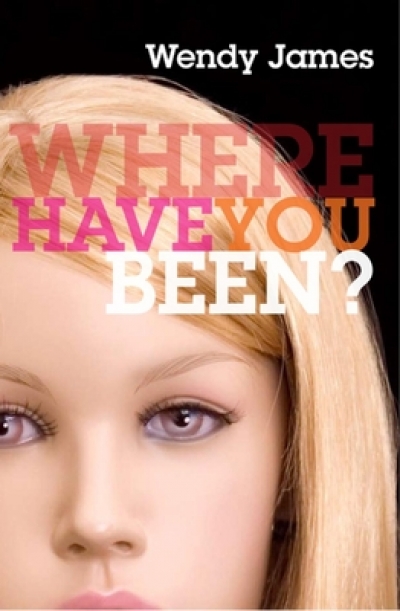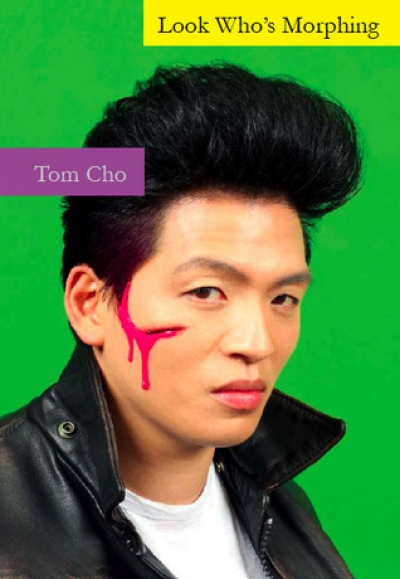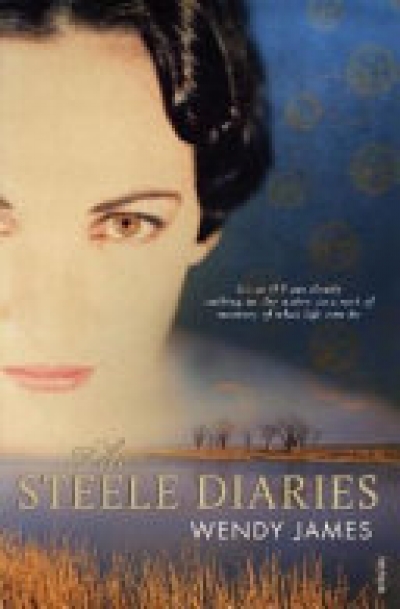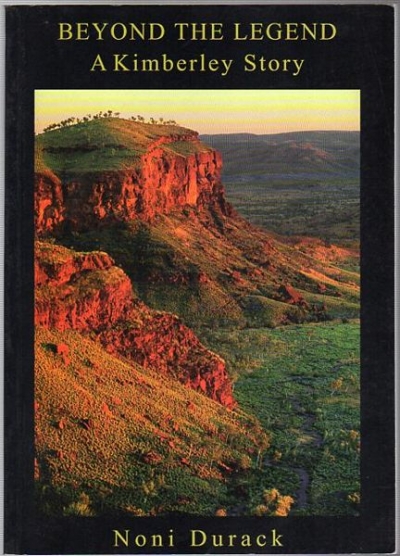Wendy James
Look Who’s Morphing by Tom Cho & Why She Loves Him by Wendy James
In her review of Arabella Edge’s The God of Spring (ABR, March 2006), Melinda Harvey asserts that the novel is ‘classifiable as “artist fiction”, that boom genre of literary fiction ...’ a genre that involves, she declares, ‘a kind of “painting by numbers”, which is why it’s not surprising that many of its best exponents, Edge included, are graduates of Creative Writing departments’. I am not interested in arguing with Harvey’s analysis of Edge’s novel: it is her casual dismissal of works by ‘graduates of Creative Writing departments’ that concerns me. If I had a dollar for every time I’ve heard similarly purse-lipped comments, variations on the ‘this author is a writing school graduate (sniff) – and it shows …’ theme, I’d be – well, I’d have a jingle in my pocket. I can only assume that such jaundiced remarks spring from some misapprehensions about, or perhaps a studied indifference to, what graduate writing programmes actually involve. As a graduate of one such programme – I was in fact one of Arabella’s MA classmates— I am glad to be given the opportunity to help dispel some common, but decidedly mistaken, notions.
... (read more)



